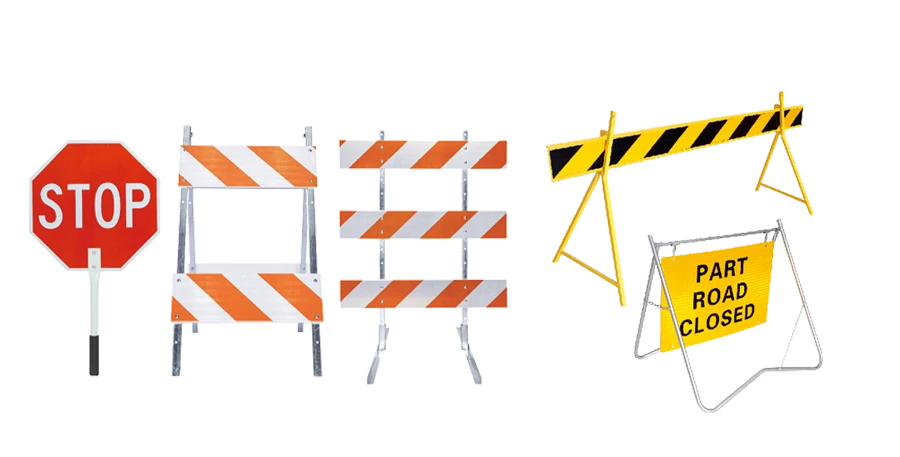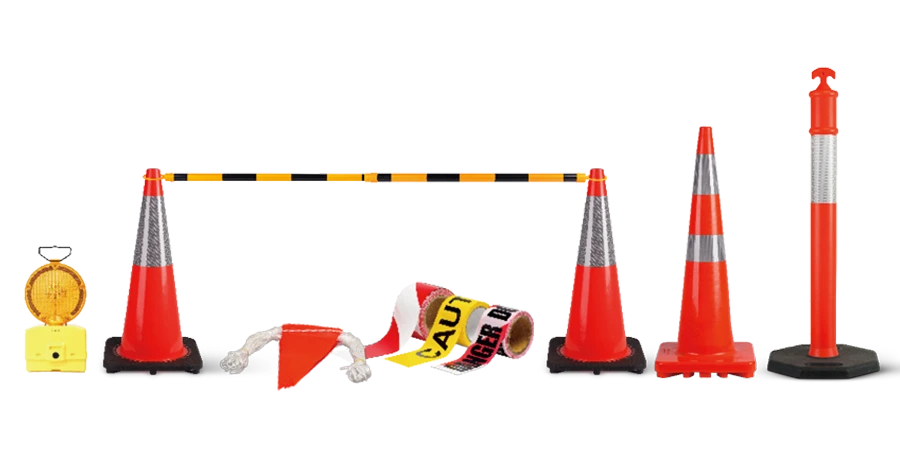RA1対RA2反射シート: 重要な違い, アプリケーション, とパフォーマンス
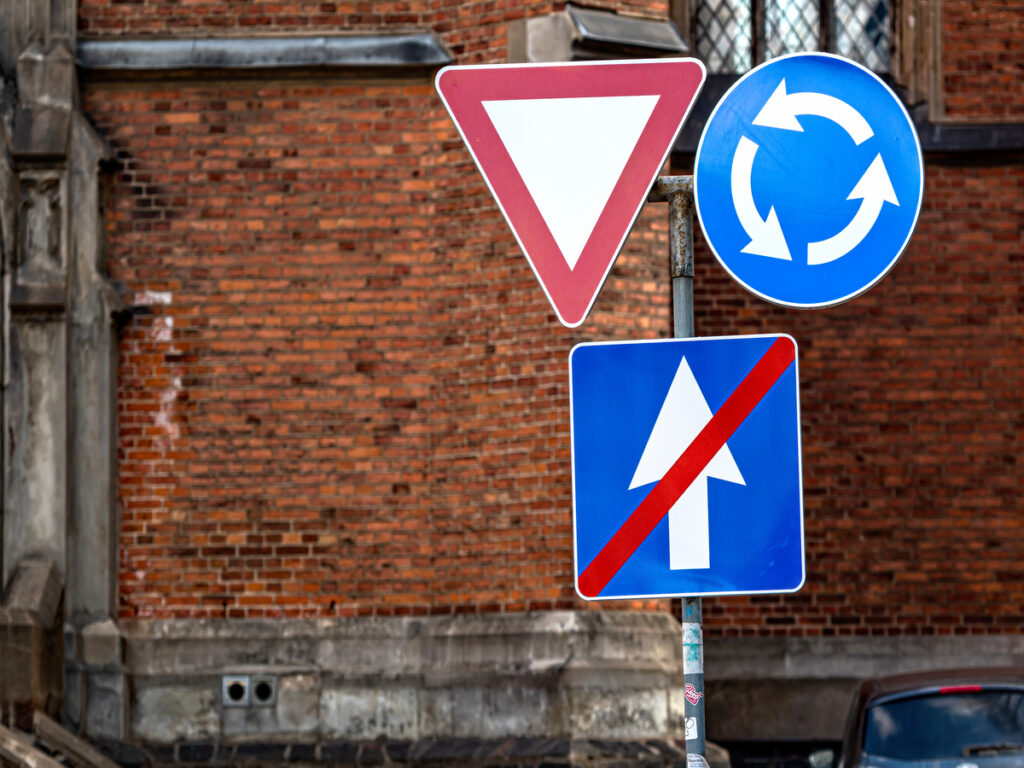
Imagine a driver going around a corner at night. Reflective traffic signs help a lot. Reflective sheeting is put on these signs to make them easier to see. RA1 sheeting gives road signs simple reflective features for quiet roads. RA2 sheeting is brighter, so signs on busy roads or important signs are easier to spot. Reflective traffic signs with RA2 sheeting help drivers notice key signs better. The type of sheeting changes how well signs guide people on the road.
英国の交通標識の反射シート基準を理解する: RA1, RA2, およびR3B
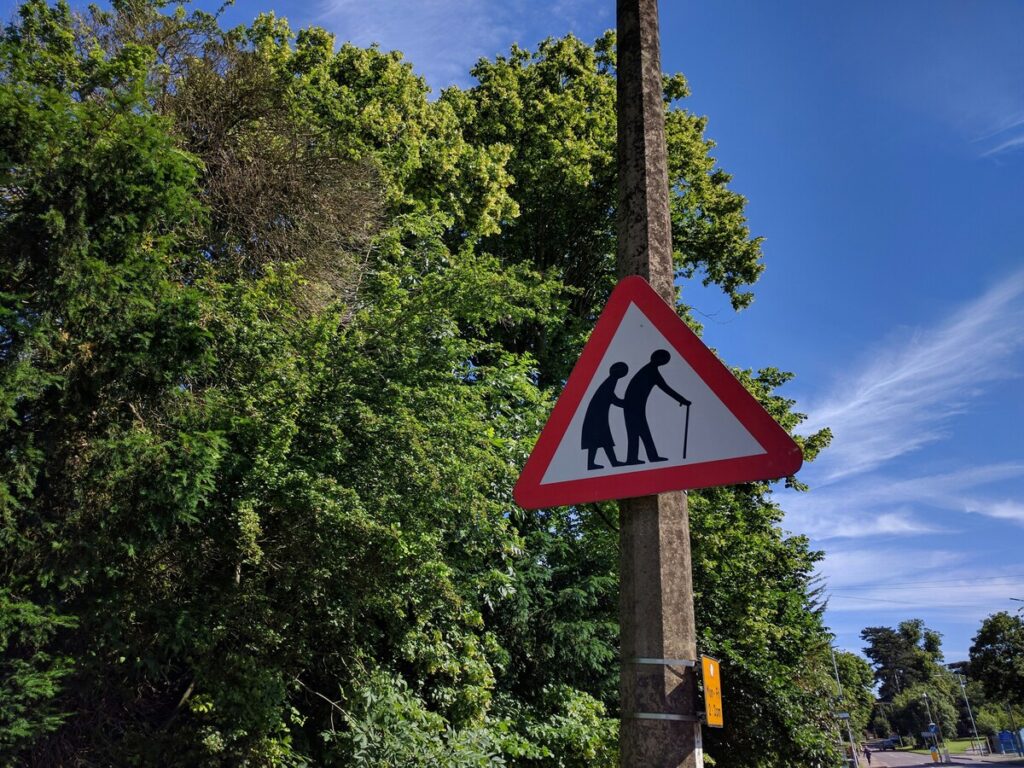
RA1, RA2, R3Bは英国の反射的な交通標識のルールです. Each rule means a different amount of reflectivity. This helps drivers see signs well in any weather. Reflective signs are very important for stopping accidents. They help most at night or when the weather is bad. UK rules say road signs must use special reflective materials. These materials must follow strict rules to keep people safe. Using the right reflective sheeting follows the law. It also helps drivers stay in their lanes. Drivers can spot dangers faster with the right signs.
どのようにISO 7010 より安全な職場の色とシンボルを標準化します
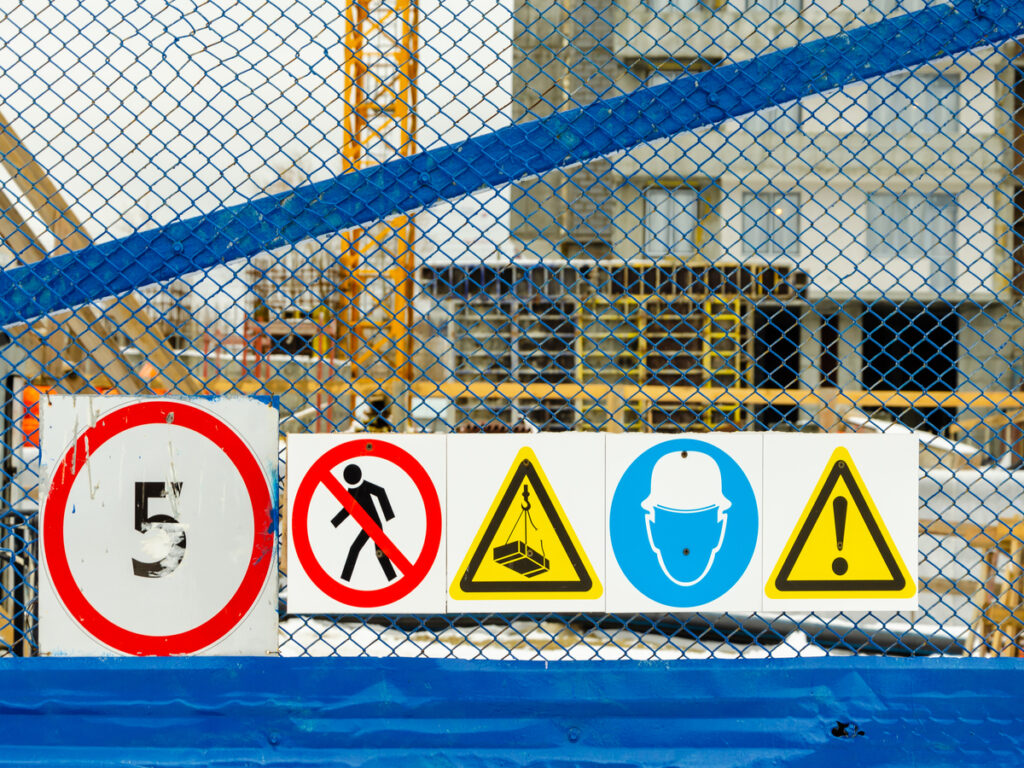
ISO 7010 職場の安全標識で使用される色と記号を標準化することにより、これらの危険を防ぐのに役立ちます. これにより、誰もがすぐにサインの意味を理解することが保証されます. 複数の言語が話されている環境で, このアプローチは、混乱を減らし、全体的な安全性を高めます.
関連するプレートと構造警告マーキングは、英国の高速道路を変換します
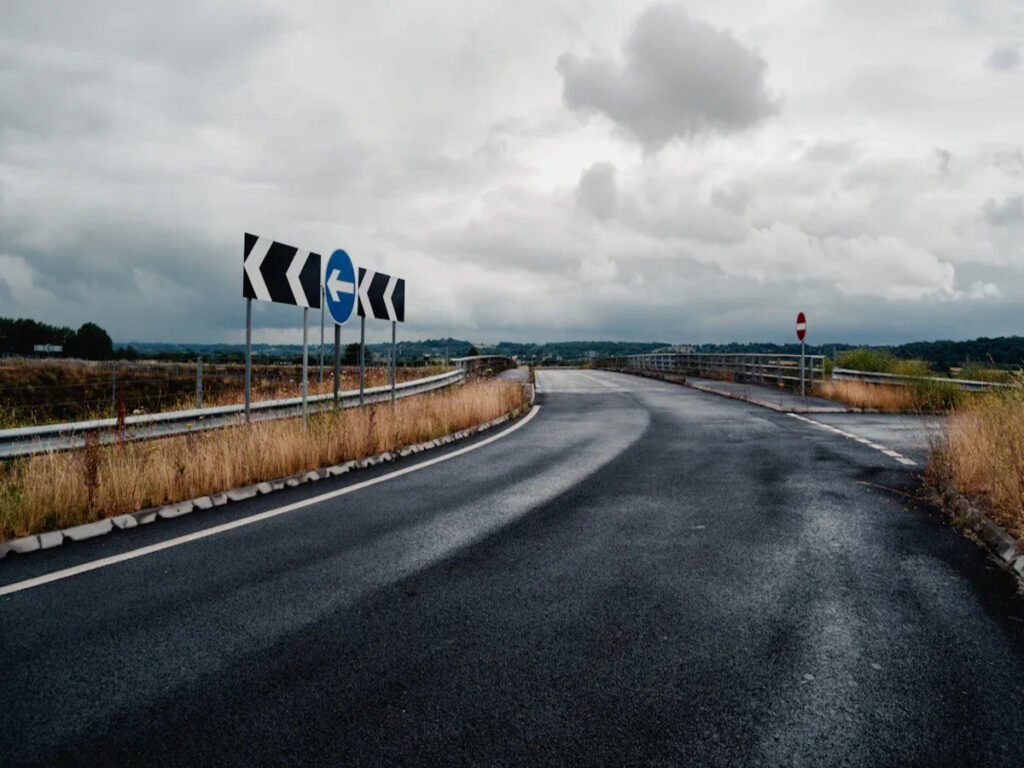
忙しい朝, 多くのドライバーはM25ですぐに旅行します. すべての瞬間が重要です. ドライバーが警告サインを読むのに時間がかかりすぎる場合, 混乱やクラッシュさえも引き起こす可能性があります. 透明な関連プレートと構造マーキングは、速く運転するときにドライバーを安全に保つのに役立ちます. 規制道路標識は非常に重要です. 彼らは情報を見やすく、理解しやすいものにします, 悪天候や交通量が多い場合でも.
必須の兆候とは別に規制道路標識を伝える方法
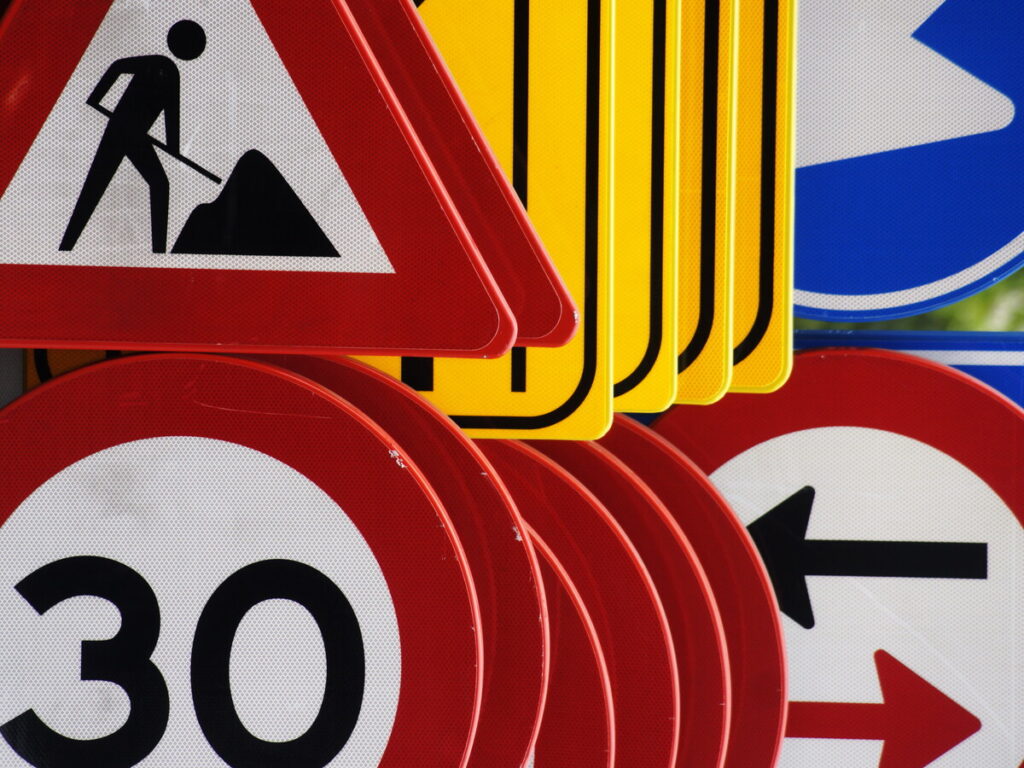
英国の規制道路標識あなたがしなければならないことを教えてください. 彼らは道路上のすべての人のためのルールです. 多くのドライバーは、道路標識を理解するのが難しいと感じています. 調査は言い直します 60% 人々の「エントリーなし」のサインが何を意味するのかわからない. 多くの人々はまだ重要な兆候について混乱しています. 高速道路のコードは、青と白の円形の標識が必須の指示を与えると言っています. 赤い円はあなたが何かをすることを許可されていないことを意味します. これらの違いを知ることは、学習者が運転理論テストに合格するのに役立ちます. また、すべての人にとって道路をより安全にします.

